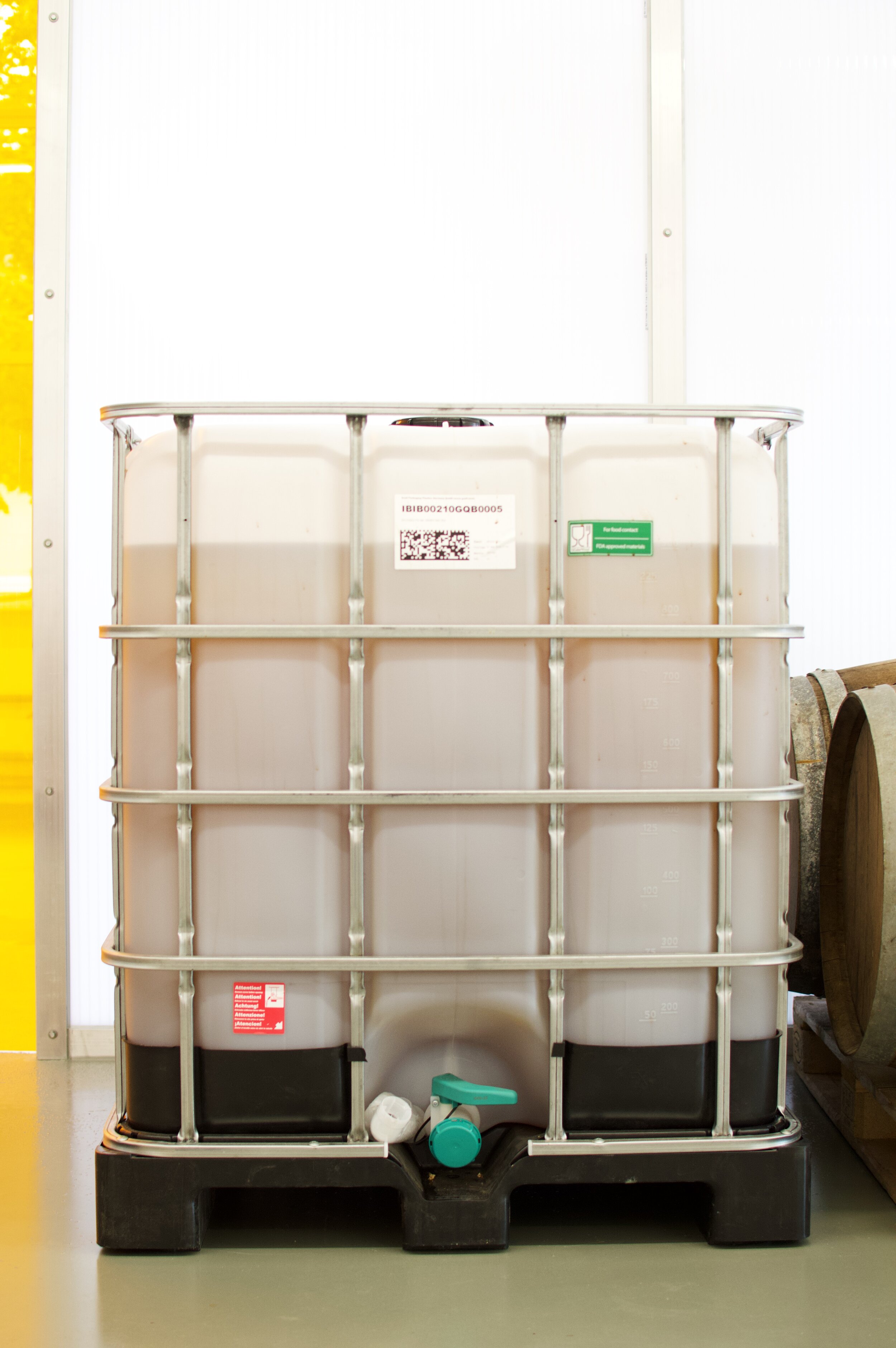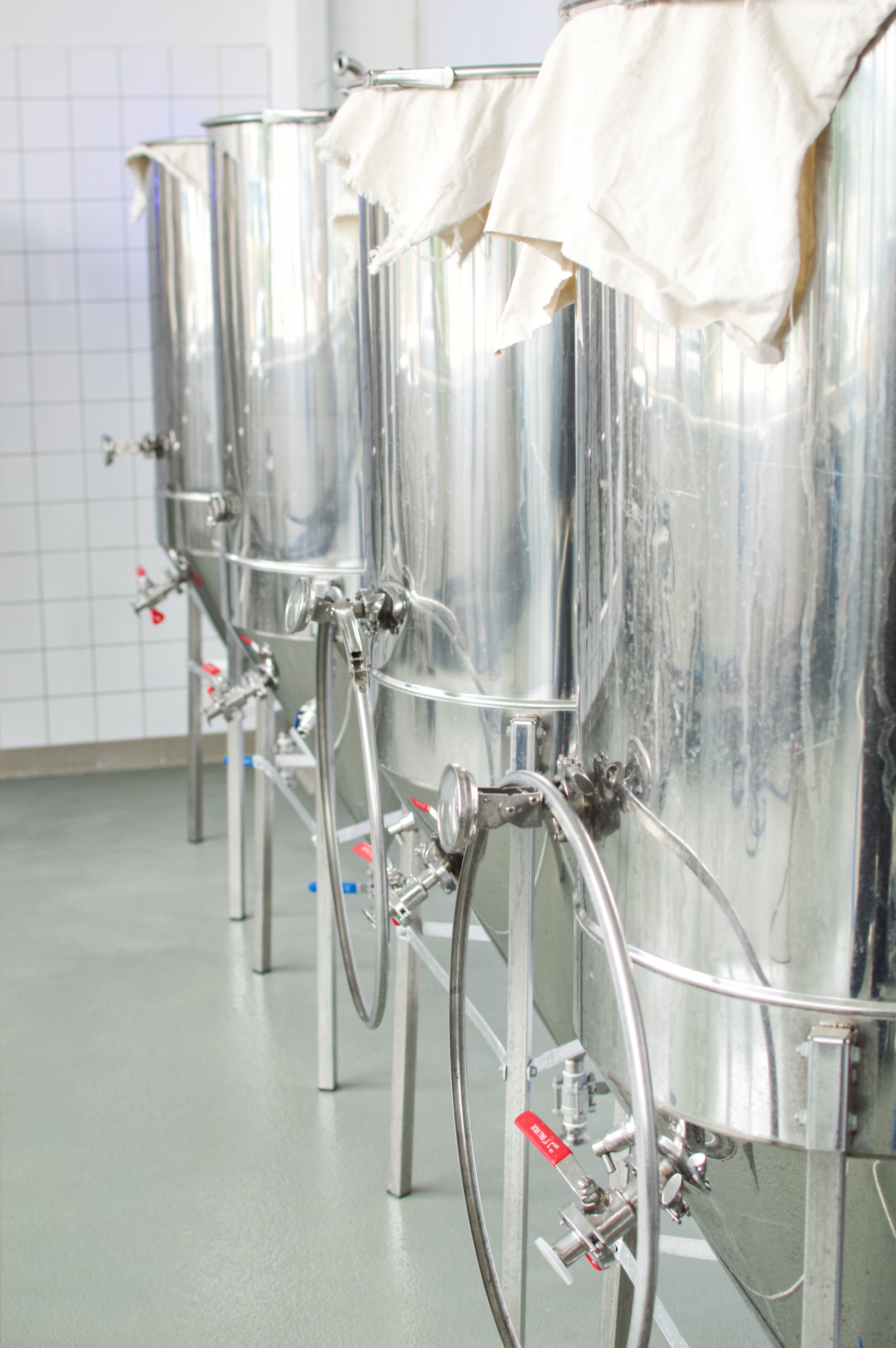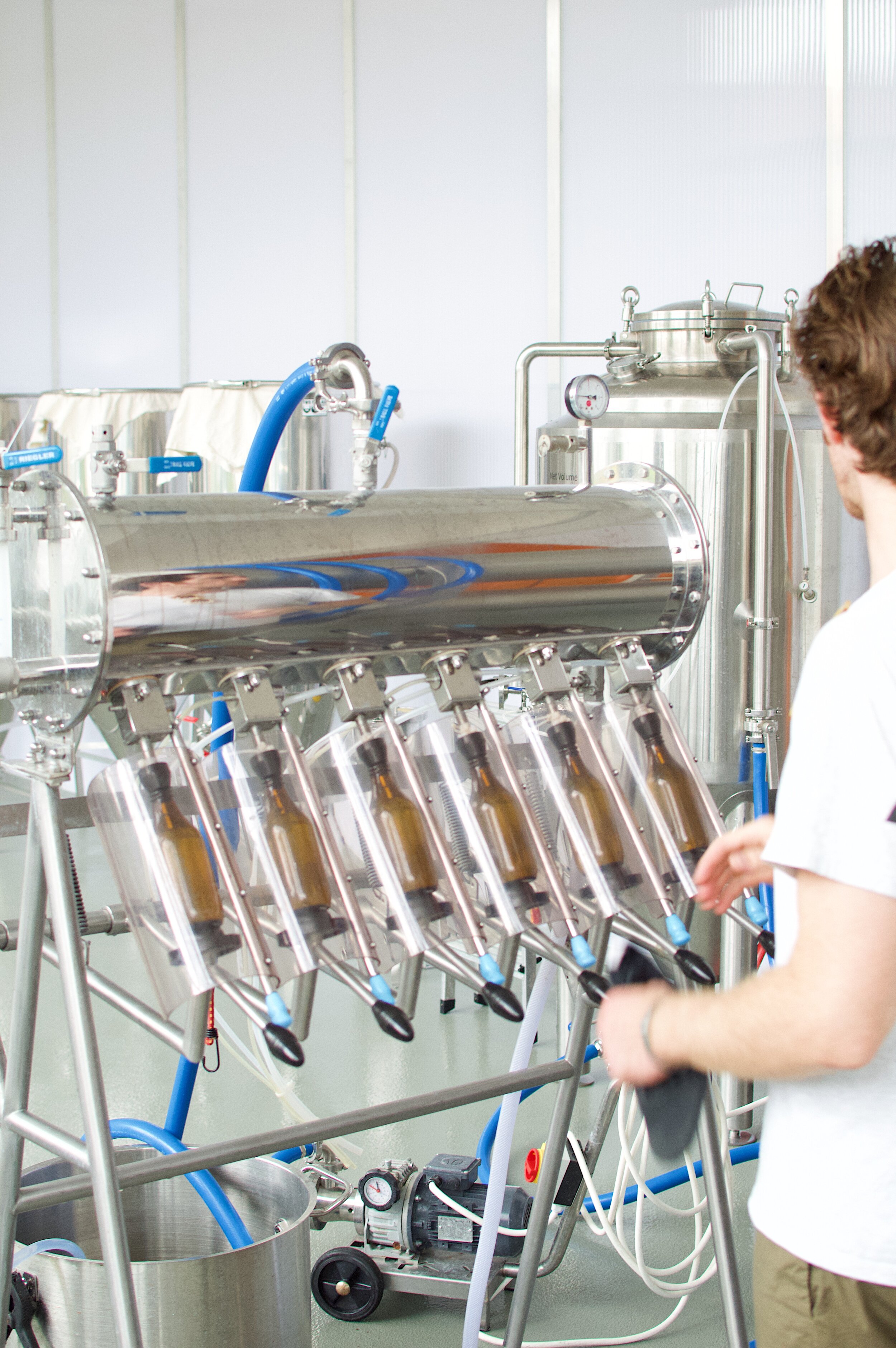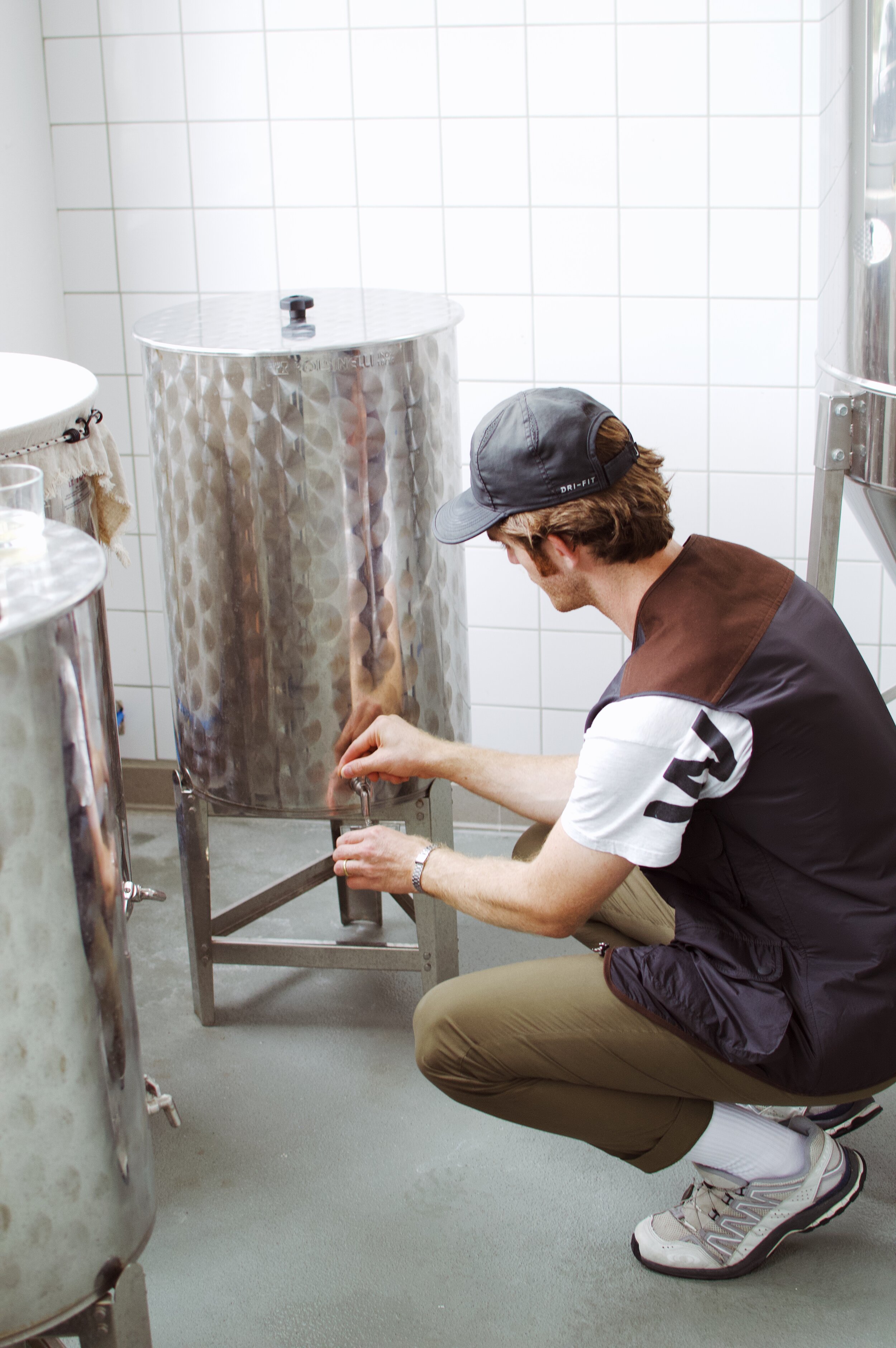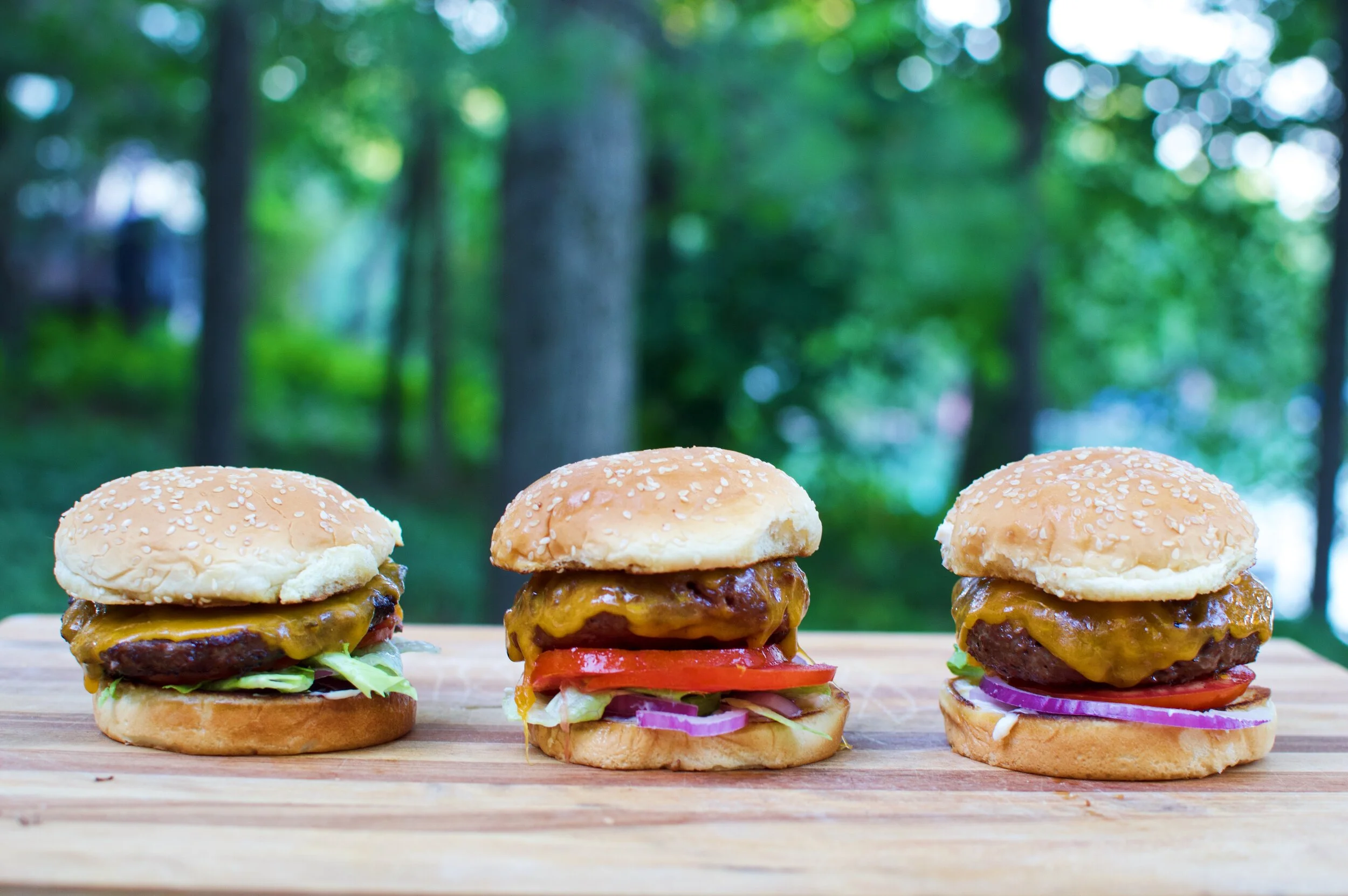Bouche Kombucha Paints With Flavor
Most commercial kombuchas hit with a one-two punch: a fruity add-in with a smack of acetic acid, somewhere between a juicy vinegar and a fancy soda that’s different, but ultimately not offering much to the palate. Yet after reading writers and chefs I admire extol the virtue of good kombucha, I started to suspect I was missing something — that kombucha had more to offer than a pleasant pucker and the health-conscious branding of many kombuchas with branding suggesting you don’t need to love the stuff: this is gut therapy, a GI-tract tune-up, vinegar with a purpose.
Berlin’s Bouche kombucha is brewing up something categorically different from these one-note brews: a fermented beverage with the nuance, balance, and general thought-provoking complexity one normally only pauses to enjoy with a good bottle of wine. The small pack I ordered was a striking enough upgrade from other bottles at upscale groceries that I started clicking around, and was pleased to learn they’re a local brewery with solid distribution in some of Berlin’s trendiest restaurants.
I asked to come check out their brewery to learn more, and after an S-Bahn schlepp to Marzahn, I met with Walker, one of Bouche’s founders and the flavor wizard tending to their signature SCOBY profile.
Bouche’s brewery feels more like a modern art exhibition a few days before opening more than a beverage production facility. The expansive white walls are bedecked with canvases of geometric sunbursts or curvy brushstrokes, the kind of art I don’t understand but seems to have something to do with sex, or death, or both.
A bit of artists’ chaos is part of Bouche’s story — their founders kicked off their years of kombucha tinkering while visiting the US for an arts event, trying kombucha on the road and coming back to Berlin to start futzing. The path began with aquarium equipment and hot plates, and that creative scrappiness continues to serve them even as they ramp up production to custom-rig a professional brewery with bits and bobs to ensure they maintain their quality and control.
Walking around the brewery, it’s clear that what ultimately sets Bouche apart is that they’re turning an artist’s eye on this segment of soft drinks. Walker and his team aren’t fermenting tea, they’re painting with flavor, layering distinctive components together into a cohesive new piece, evoking memories and stimulating the ‘heads, hearts, and tails’ of the consumer.
Let’s start with the starter. Kombucha is a thousands-year-old fermentation tradition of fermenting sweetened tea via a SCOBY, or symbiotic culture of bacteria and yeast. Food business SCOBYs are often sold as a complete community, meaning you can buy a SCOBY in bulk and be fermenting your tea in short order. With all the complexity and risk of starting a food business, buying a ready-to-rock SCOBY is a great way to get to a consistent product more quickly.
Bouche didn’t take this path. Instead, they selected a mix of different bacteria and yeast strains and built their own SCOBY, even taking the bold choice of using Brettanomyces yeast, referred to as Brett. This Brett yeast can be quite controversial and is sometimes an uninvited guest, building the signature barnyard acidity of lambic beers but capable of lending off-notes that can be described as “fecal, horsey, metallic or Band-Aid.”
Walker poured a few sips of different SCOBY strains they maintain, and the difference was striking — one, an apple cider vinegar-like gut punch with deep figgy notes; another, like biting a bright and grassy green apple. A good kombucha would add to these flavors, but a great kombucha plays with them. Bouche takes the green apple notes of their SCOBY and adds lemondrop hops, which bring a wide range of citrus flavors centering around lemon but shade into key lime, grapefruit, and blood orange. The result is a drink with a lush chord of bright notes anchored by the slight bitterness of the hops and tea.
The entire visit was a tour of flavors the Bouche team is tinkering with: a sip of hibiscus concentrate, a whiff of toasted oak chips. Everything Bouche is adding brings its own complexity and is extracted cold to tease out flavors not muted by high temperatures. The hibiscus, days into steeping under the care of Bouche team member Claire, was tangy as blood and lusty as a rose, with a rush of earth and barnyard all like a cool spring day on a farm I’ve never been to but somehow know well.
Another flavor in development was earl grey with mulberry wood, with the cold-extracted tea flavor offering a milder and less astringent version of earl grey anchored by a fruity, blackberry tannin from the mulberry. A sip of the final kombucha wasn’t anything like earl grey, but rather was like standing in a ship where earl grey was once held — the flavor so infused and intrinsic that it’s not a taste so much as a moment.
I get lost weaving in and out of these flavors, like one does when squinting at a brush stroke before walking back away to view the whole canvas. So many packaged consumer goods try so hard to tell us something, to yell from the shelf that this is the healthy or sustainable or indulgent thing we need. But great fermented products like good wine, kombucha, cheese, or bread have more to say than could fit in any label. The organisms that lend complexity to fermented food and drink predate words and will outlast them, too. I’ve obsessed over fermentation just long enough to realize I’ll never understand it, but I look forward to spending more time celebrating that lack of understanding over a slice of buttered bread, a piece of soft cheese, or a glass of something like Bouche.


